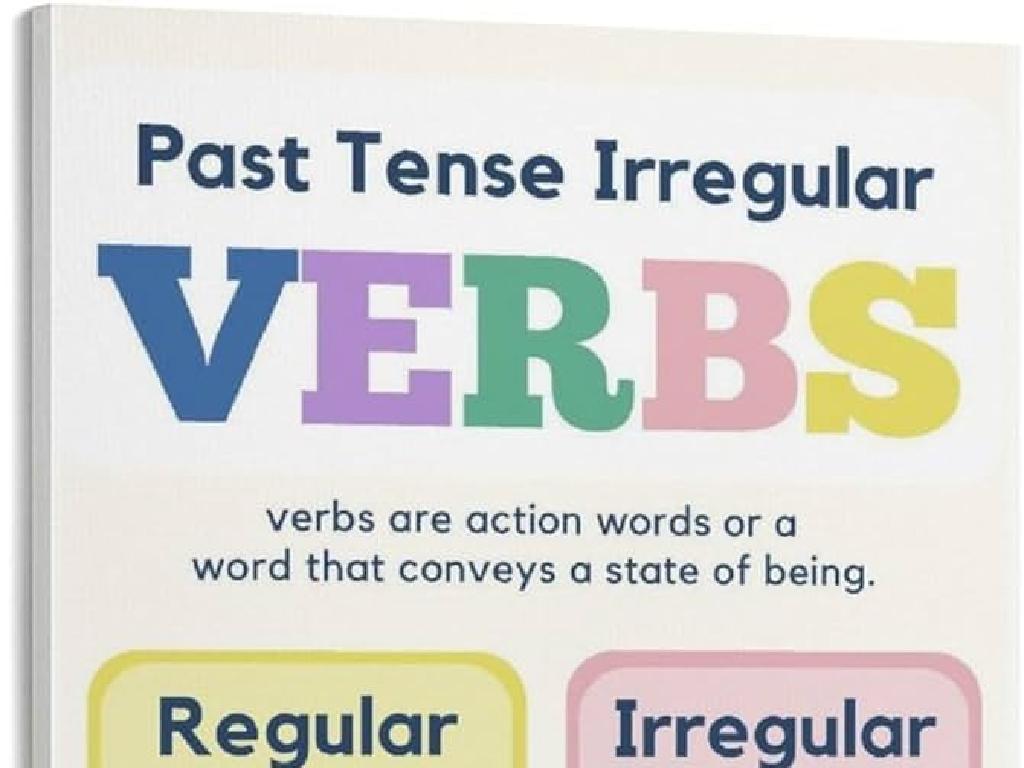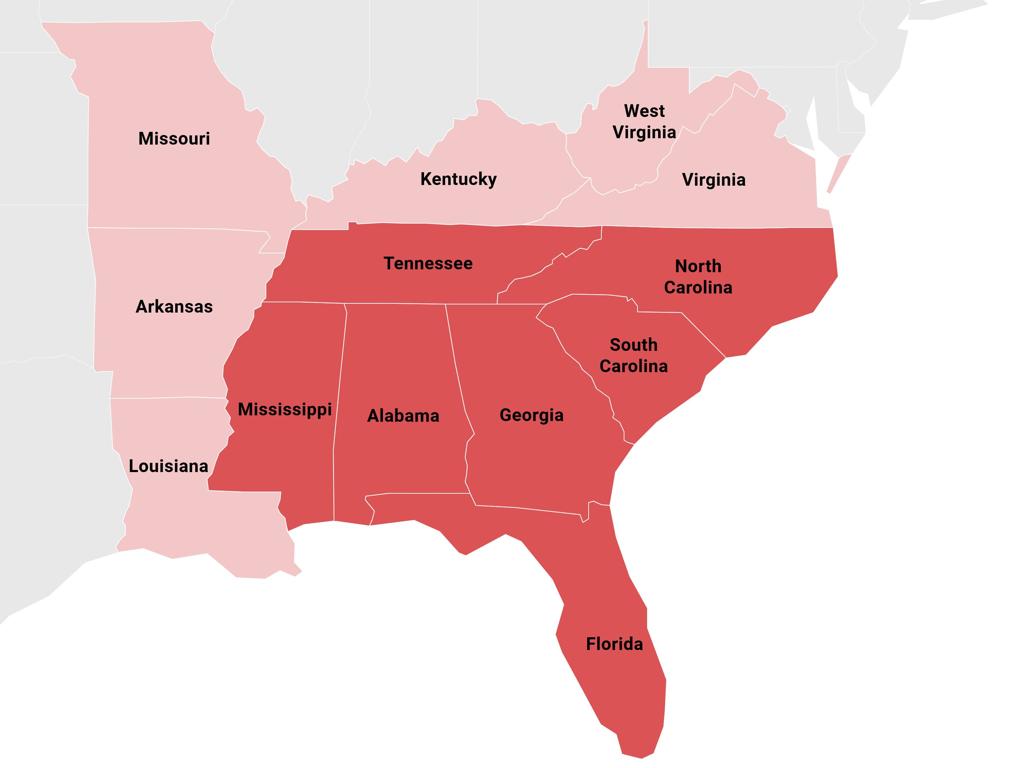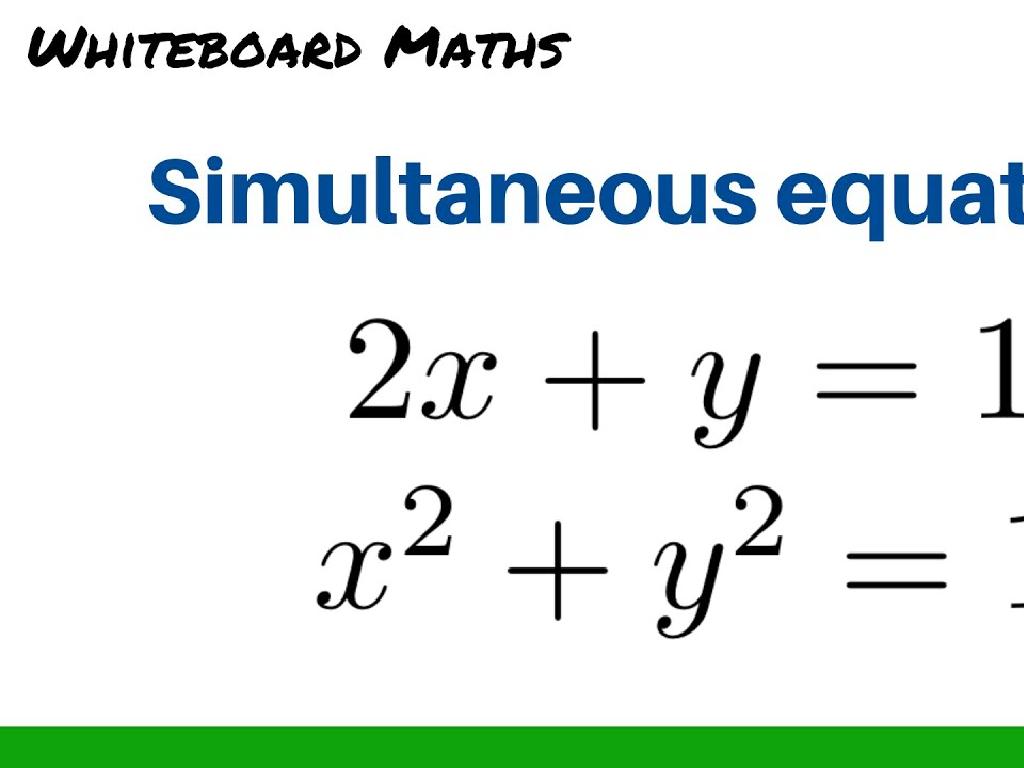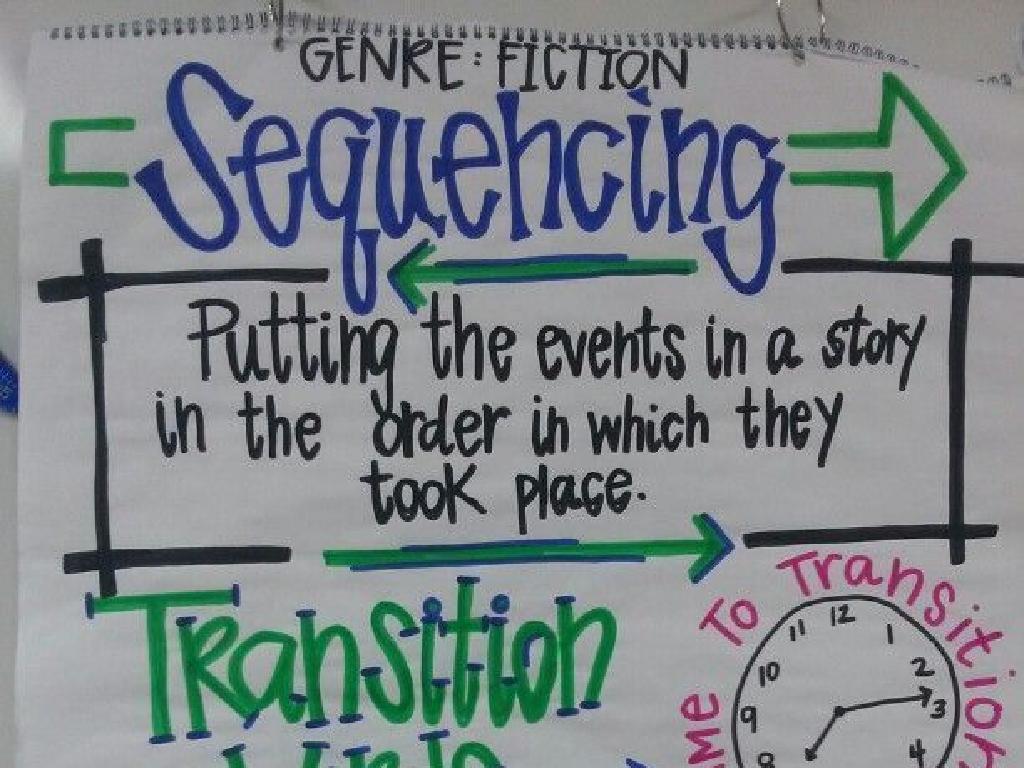How Much More To Make A Dollar?
Subject: Math
Grade: Second grade
Topic: Money Up To $1
Please LOG IN to download the presentation. Access is available to registered users only.
View More Content
Understanding Money: Coins and Bills
– Learn about coins and bills
– What equals a dollar?
– A dollar can be 100 pennies, 20 nickels, 10 dimes, or 4 quarters
– Identify pennies, nickels, dimes, quarters
– A penny is 1 cent, a nickel is 5 cents, a dime is 10 cents, and a quarter is 25 cents
– Counting coins to make a dollar
– Practice with examples: How many dimes to make a dollar?
|
This slide introduces students to the basics of U.S. currency, focusing on the coins that make up a dollar. Start by showing real coins and bills to help students visualize and understand the concept of money. Explain that there are different ways to make a dollar using pennies, nickels, dimes, and quarters. Discuss the value of each coin and how many of each are needed to total one dollar. Use relatable examples, like buying a toy or a snack, to show how different combinations of coins can equal the same amount. Encourage students to practice counting coins and understanding their values to build a strong foundation in money management.
Counting Coins to Make a Dollar
– Learn coin values: penny, nickel, dime, quarter
– A penny is 1 cent, a nickel is 5 cents, a dime is 10 cents, and a quarter is 25 cents.
– Count by 1s, 5s, 10s, 25s
– Practice counting by ones for pennies, fives for nickels, tens for dimes, and twenty-fives for quarters.
– Practice with real or play coins
– Use coins to count up to 100 cents, which makes a dollar.
– How many to make $1?
– Calculate different ways to combine coins to total one dollar.
|
This slide introduces students to the concept of counting money using coins. Start by explaining the value of each coin and how to identify them. Then, demonstrate how to count by ones, fives, tens, and twenty-fives, correlating to the value of pennies, nickels, dimes, and quarters. Use real or play coins to give students hands-on practice with counting. Finally, challenge the students to figure out how many of each coin they would need to make exactly one dollar. This exercise will help them understand the concept of making change and the value of money. Encourage students to explore different combinations of coins that add up to a dollar and share their findings with the class.
Making a Dollar with Coins
– Counting pennies to a dollar
– 100 pennies are needed to make $1
– Combining nickels, dimes, and quarters
– 20 nickels, 10 dimes, or 4 quarters also make $1
– Using addition with coins
– Add different coins together to total $1
– Exploring multiple combinations
– Find as many ways as possible to create $1
|
This slide introduces students to the concept of making a dollar using different coins. Start by explaining that 100 pennies make a dollar. Then, show that larger coins like nickels, dimes, and quarters can also make a dollar in fewer pieces. Use visual aids to help students understand how to add different coins together to reach the total of one dollar. Encourage them to explore various combinations, such as 2 quarters + 5 dimes, or 10 nickels + 4 dimes + 2 quarters, to make learning interactive and fun. This activity will help students with basic addition and understanding the value of money.
How Much More to Make a Dollar?
– Counting coins towards a dollar
– Calculating missing amount
– If you have 75 cents, how much more to reach $1?
– Using subtraction to find difference
– Subtract the amount you have from 100 cents
– Practice with real examples
– Example: 3 quarters (75 cents) from a dollar (100 cents) leaves 25 cents
|
This slide aims to teach students the concept of making a dollar with coins. Start by explaining that a dollar is the same as 100 cents. Show them how to count the value of the coins they have and then determine how much more they need to reach one dollar. Use subtraction by taking the total amount they have from 100 cents to find the missing amount. Provide real-life examples, such as if they have 3 quarters, which is 75 cents, they need 25 more cents to make a dollar. Encourage students to bring in coins for a hands-on activity where they can practice this concept. Offer several examples with different coin amounts and ensure they understand the subtraction process.
Let’s Practice Together: Making a Dollar
– Interactive class examples
– Use real or play coins to demonstrate
– Pair problem-solving activity
– Find a partner, solve provided problems
– Discuss various strategies
– Share and learn different methods
– Understanding different values
– Recognize coins and their contributions towards $1
|
This slide is designed to engage students in hands-on learning about the value of coins and how to make a dollar. Start with interactive examples using real or play money to show how different coin combinations can add up to $1. Then, have students pair up to solve problems that involve making a dollar with various coin amounts. Facilitate a class discussion where pairs share their strategies, promoting an understanding that there can be multiple ways to reach the same total. Emphasize the importance of recognizing the value of different coins and how they contribute to making a dollar. Possible activities: 1) Coin matching games, 2) Role-playing as a cashier, 3) Creating posters of coin combinations, 4) Using worksheets with different scenarios.
Class Activity: Dollar Store!
– Set up a classroom ‘Dollar Store’
– ‘Buy’ items with play money
– Use play money to simulate purchases
– Calculate money needed for $1
– If an item is $0.75, how much more to make $1?
– Take turns being the cashier
– Practice checking if customers have enough money
|
This interactive activity is designed to help students understand the concept of making a dollar with various amounts of money. Set up stations with different items priced under a dollar. Provide students with play money to use for transactions. As they ‘purchase’ items, they should calculate how much more money they would need to reach one dollar. This exercise will reinforce their understanding of addition and subtraction within 100. Having students take turns being the cashier will also give them practice in checking calculations and handling money. Possible variations of the activity could include using real-life scenarios, offering discounts, or introducing taxes to add complexity.
Conclusion: Making a Dollar
– Why making a dollar matters
– Review coin combinations
– Remember: 4 quarters, 10 dimes, 20 nickels, or 100 pennies!
– Q&A to clear doubts
– Practice makes perfect
– Keep practicing with different coins at home!
|
This slide wraps up our lesson on understanding the different ways to make a dollar with coins. Emphasize the practical importance of this skill in everyday life, such as making purchases or saving money. Review the coin combinations that add up to a dollar: 4 quarters, 10 dimes, 20 nickels, or 100 pennies. Encourage students to ask questions during the Q&A session to ensure they are clear on the concepts. Finally, remind them that practicing with real coins at home can help solidify their understanding and make them more confident in using money.






